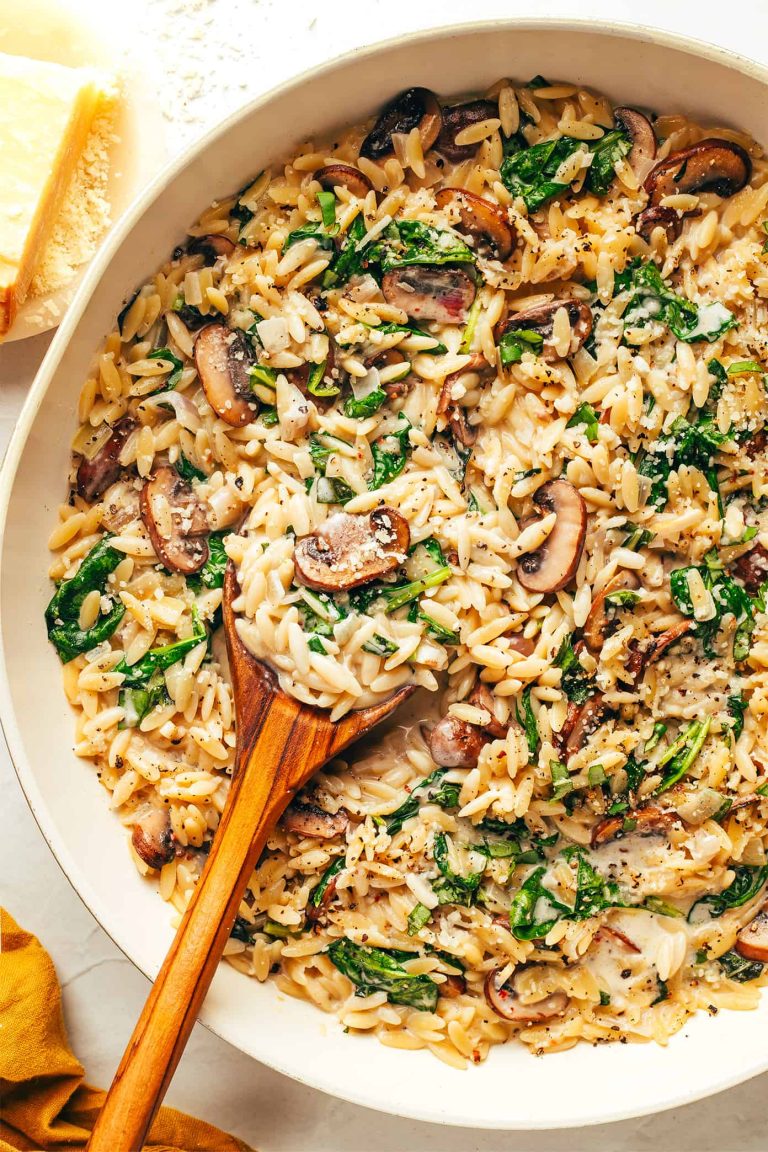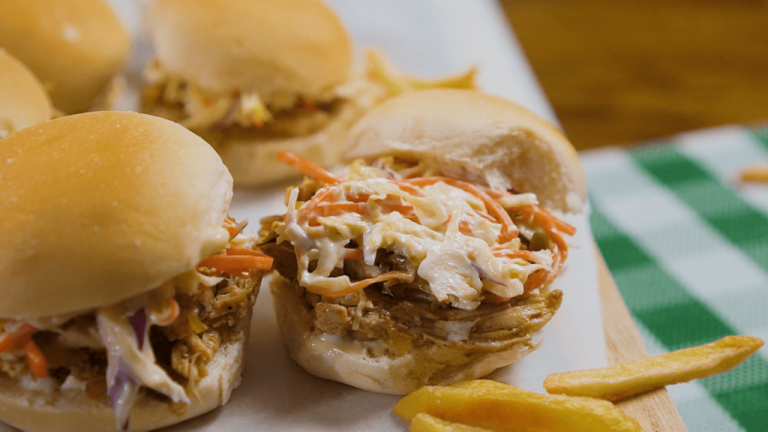Malaysian Nasi Lemak: Origins, Ingredients, and Healthier Variations
Malaysian Nasi Lemak has deep historical roots in the Malay Peninsula, dating back centuries. Initially, it served as a farmer’s meal, packed with high-energy ingredients that sustained laborers through long days in the fields. Coconut, a staple in coastal regions, added a distinct flavor to the rice while providing essential nutrients. The dish evolved, reflecting Malaysia’s rich cultural tapestry, influenced by Arab, Indian, Chinese, and Thai culinary practices. Historical records suggest that as trade flourished, so did the complexity of Nasi Lemak, integrating new ingredients and cooking techniques.
Regional Variations Across Malaysia
Regional variations of Nasi Lemak abound in Malaysia, each offering unique twists. In Northern Malaysia, you’ll find versions incorporating fish-based sambal, aligning with local preferences. Central Malaysia, particularly Kuala Lumpur, frequently serves the dish with a more urban twist, adding fried chicken or beef rendang. In Southern regions like Johor, adaptations might include more spices and herbs, creating a distinct aroma and taste profile. The Eastern coast leans towards using seafood, reflecting the abundance of fresh catch. Each regional variation showcases local preferences and ingredients while preserving the essence of Nasi Lemak.
Nutritional Value and Ingredients
Nasi Lemak ingredients contribute to a well-rounded meal. Coconut milk provides healthy fats and calories. Sambal, a spicy condiment, usually contains chili, shrimp paste, and lime juice, offering both heat and tangy flavors. Boiled eggs deliver protein, while peanuts and anchovies add essential minerals and a crunchy texture. Each ingredient not only enhances the meal’s taste but also balances nutritional value, making Nasi Lemak a culturally rich, nutritious option.
Key Ingredients of Nasi Lemak
Coconut Rice: The Heart of the Dish
Coconut rice serves as the foundation of Nasi Lemak. Steamed with coconut milk and pandan leaves, the rice achieves a rich, aromatic flavor unique to this dish. It’s the creamy coconut milk that infuses the grains with a luxurious texture, making the rice not just a base but the heart of Nasi Lemak.
Sambal: The Spicy Signature
Sambal provides the unmistakable spicy kick that defines Nasi Lemak. Made from a blend of chili peppers, garlic, shallots, shrimp paste, and tamarind juice, sambal packs complex layers of heat and umami. The spicy sauce complements the creamy coconut rice, balancing its richness with a tantalizing zest.
Accompaniments: From Eggs to Anchovies
Nasi Lemak includes a variety of accompaniments that enrich the dish. Hard-boiled eggs are a staple, offering protein and a soft texture. Crispy fried anchovies and roasted peanuts introduce a delightful crunch, enhancing the overall eating experience. Some variations add sliced cucumbers, offering a fresh, cooling contrast to the spicy sambal.
Variations in Toppings
Depending on the region, Nasi Lemak might feature additional toppings. In the North, fish-based sambal is common. Urban areas might serve fried chicken or rendang. These variations showcase the dish’s adaptability to local tastes while maintaining its core elements.
By understanding these key ingredients, you can appreciate the complexity and cultural significance of Nasi Lemak, Malaysia’s beloved dish.
Preparing Malaysian Nasi Lemak
Traditional Cooking Techniques
In traditional Malaysian cooking, Nasi Lemak involves several critical steps. First, wash the rice thoroughly to remove excess starch. Coconut milk, essential for the dish’s unique flavor, combines with water in a 1:1 ratio, then add pandan leaves and a touch of salt. Simmer the mixture over low heat until the rice absorbs the liquid completely, achieving a creamy texture infused with fragrant pandan.
Sambal, the spicy element, requires grinding shallots, garlic, and dried chilies into a paste. Fry this paste in oil until aromatic, then add tamarind juice, sugar, and salt. Simmer until the sambal thickens, balancing sweet, sour, and spicy flavors seamlessly. This process can take up to an hour but is crucial for authentic sambal.
Traditional accompaniments include boiled eggs, fried peanuts, and ikan bilis (dried anchovies). Fry the ikan bilis until crispy, and toast the peanuts separately. Arrange these elements neatly on a plate with the coconut rice and a generous dollop of sambal, enhancing both the presentation and taste of Nasi Lemak.
Modern Twists and Innovations
Modern Nasi Lemak adaptations reflect global culinary trends. As Malaysian cuisine transforms, new ingredients and methods emerge without compromising the dish’s essence. Some versions replace steamed rice with quinoa or brown rice for a healthier twist, maintaining the rich coconut milk flavor while boosting nutritional value.
Fusion variations introduce non-traditional proteins like fried chicken, rendang beef, or even vegetarian substitutes like tempeh. In urban areas, you might find gourmet renditions, using sautéed prawns or scallops instead of ikan bilis. These additions cater to expanding palettes while respecting the original recipe.
Innovative presentations also enhance dining experiences. Nasi Lemak burgers, wraps, and sushi rolls encapsulate the dish’s components in novel formats, making it accessible to a global audience. Each of these modern twists preserves the core ingredients—coconut rice, sambal, and accompaniments—showcasing Nasi Lemak’s versatility and enduring appeal in various culinary contexts.
Health Considerations of Malaysian Nasi Lemak
Nutritional Content Overview
Nasi Lemak provides a rich blend of macronutrients and micronutrients. Its base, coconut milk rice, contains medium-chain triglycerides (MCTs), which can boost energy levels. Sambal, made from chili peppers, adds vitamin C and antioxidants. Boiled eggs, a common component, offer protein and essential vitamins like B12. Peanuts contribute healthy fats and protein, while anchovies supply calcium and omega-3 fatty acids.
| Component | Nutrients |
|---|---|
| Coconut Milk | MCTs, calcium |
| Sambal | Vitamin C, antioxidants |
| Boiled Eggs | Protein, vitamins B12, D |
| Peanuts | Healthy fats, protein, potassium |
| Anchovies | Calcium, omega-3 fatty acids |
These ingredients combine to create a meal that’s nutrient-dense but high in calories and saturated fat.
Adapting Nasi Lemak for Healthier Diets
You can modify Nasi Lemak to fit healthier diets. Instead of white rice, opt for brown rice or quinoa, which have more fiber and nutrients. Consider using lighter coconut milk to reduce saturated fat. For the sambal, choose minimal added sugar and reduced salt options. Substitute peanuts with almonds for lower fat content and a different nutrient profile. Cook anchovies with less oil to decrease lipid intake, and opt for grilled or poached eggs instead of fried ones.
By making these adjustments, you can still enjoy the traditional flavors of Nasi Lemak while adhering to a healthier eating plan.
Conclusion
Malaysian Nasi Lemak stands as a testament to the rich culinary heritage of Malaysia. Whether you stick to its traditional roots or explore modern adaptations, there’s no denying its versatility and appeal. With thoughtful modifications, you can enjoy this beloved dish while making healthier choices. So, the next time you’re in the mood for a flavorful and satisfying meal, remember that Nasi Lemak offers endless possibilities to suit your taste and dietary preferences.





